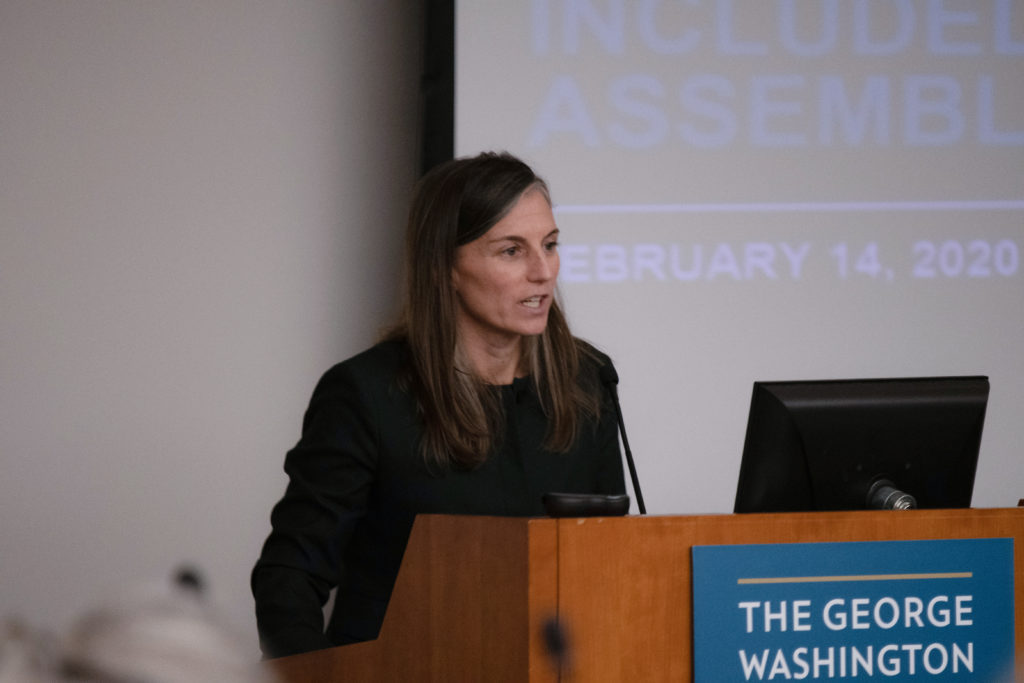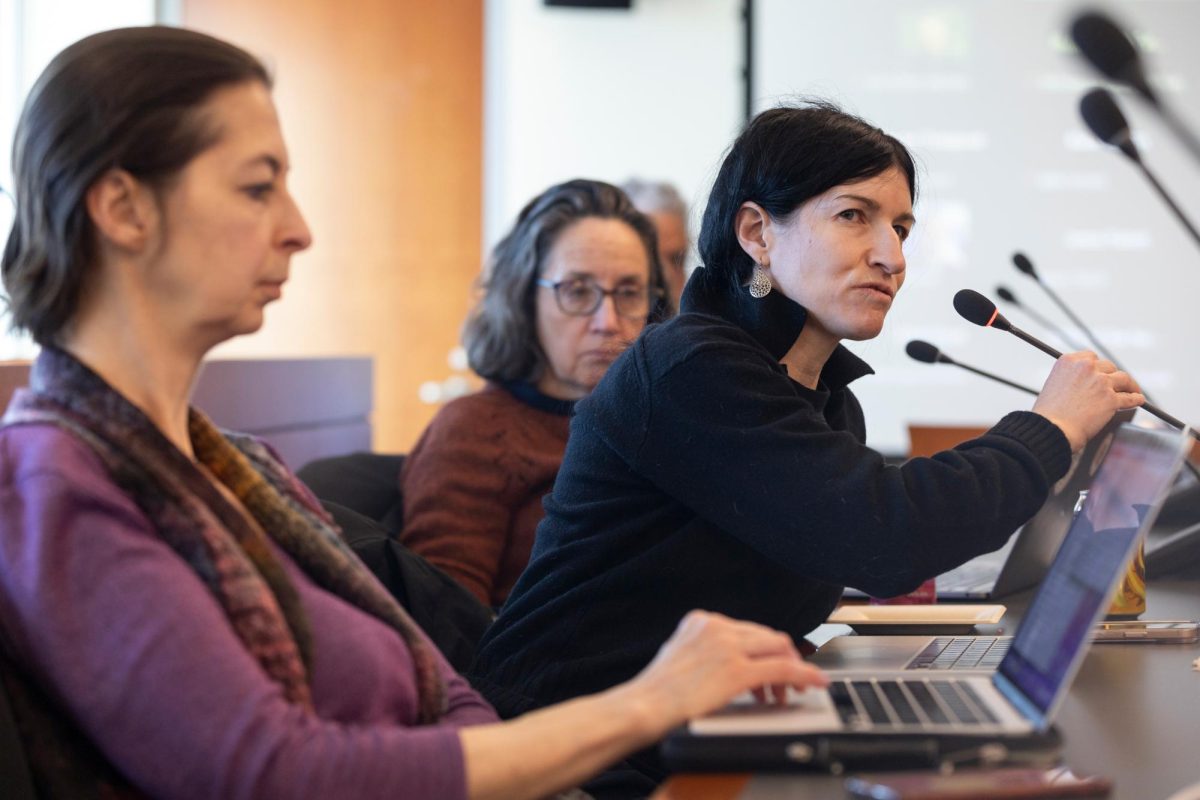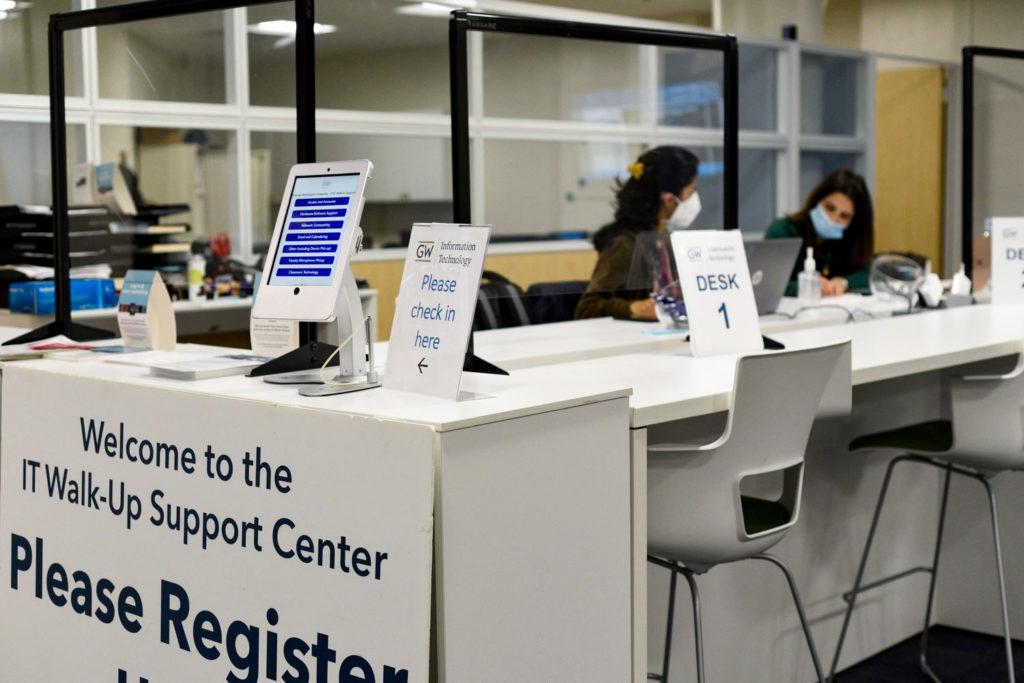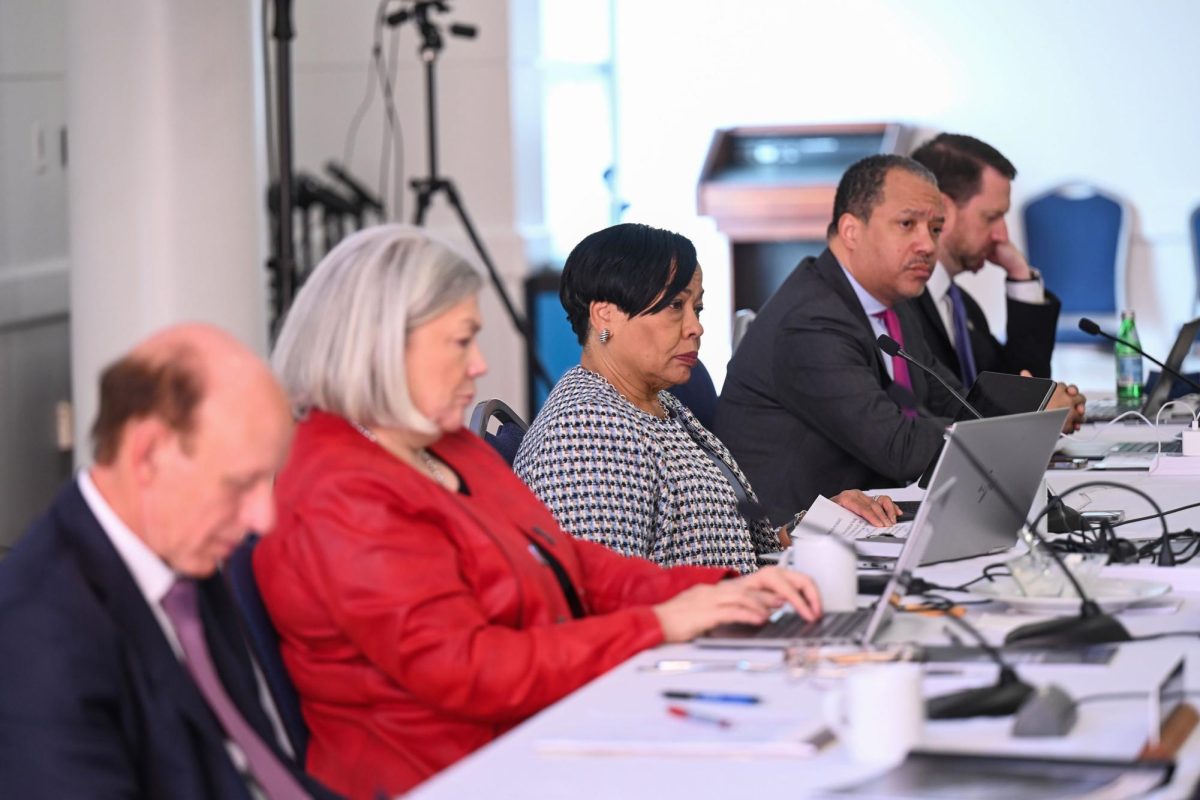Updated: Feb. 18, 2020 at 7:58 p.m.
The Faculty Senate passed a resolution Friday criticizing officials for violating “established principles of shared governance” with their recent enrollment changes.
The Board of Trustees approved a plan this summer to decrease the undergraduate student population by nearly 20 percent while increasing the proportion of STEM students to about 30 percent of the population – dubbed the “20/30 Plan” by officials and professors. Faculty approval of the resolution marks another milestone in tensions between faculty and administrators over the plan and its rationale.
The Faculty Assembly – a group comprising all full-time faculty members – approved a petition in October requesting University President Thomas LeBlanc provide data trustees considered when they developed the 20/30 Plan. The senate established a special committee in December to create a report addressing each item in the petition.
“Three and a half months later, the special committee finds that the senate, through its five committees, and University President Thomas LeBlanc have addressed them partially, though not completely,” the committee’s report states of the five items listed in the petition.
Members of the committee sent two letters to LeBlanc in January asking him for answers to 12 questions to be included in the committee report. In a letter responding to the committee, LeBlanc explained that officials did not rely on a particular piece of information to guide the 20/30 Plan.
“There was no specific report, consultant, singular data point or recommendation that led the board, with my concurrence, to the decision to reduce the undergraduate residential headcount and increase the fraction of STEM majors,” LeBlanc wrote in the letter, which officials circulated at the senate meeting Friday.
LeBlanc was not available for comment through a spokesperson.
Sarah Wagner – a faculty senator, an associate professor of anthropology and the chair of the special committee – said the lack of specific data supporting the enrollment changes is “highly problematic” and “alarming,” referring to a letter LeBlanc sent to the committee on Feb. 5 about the decision.
Wagner said the committee members began their investigative process by reaching out to each of the senate’s five permanent committees asking them to respond to the petition’s requests. The special committee also reviewed recent legislation passed by the senate and previously issued reports related to the plan, she said.
“Having taken into account all of that information, where we landed is the senate and its five committees received fragmentary and incomplete information that does not logically support the 20/30 Plan,” she said at the meeting.
Internal enrollment models, which were obtained by The Hatchet last year, revealed that the enrollment changes could reduce diversity levels and cause millions of dollars in net revenue loss relative to GW’s baseline without the changes.
The senate unanimously approved sending the report to the Faculty Assembly for the body’s special meeting next Tuesday.
GW’s enrollment fell for the first time in six years in 2019, and officials plan to reduce the freshman class size next fall to 2,250 regular fall students, excluding transfers.
“I was very pleased that we got unanimous support for that report,” Wagner said in an interview. “I do feel that the Faculty Assembly needs to see what got answered and what’s still unanswered and therefore respond to that.”
Provost Brian Blake said he has examined a wide array of data that filled “two 4-inch-thick binders” that led officials to implement the enrollment plan.
He said the data includes an anticipated nationwide decrease in the number of future high school graduates and moves GW away from exceeding its Foggy Bottom enrollment cap. The full-time undergraduate population has swelled by 19 percent over the past six years, according to institutional data.
“A systematic move to give the University more flexibility is prudent,” he said in an interview. “We should also be looking at programs that are not constrained by our cap in Foggy Bottom, so programs that would be operated in other campuses like Mount Vernon or the Virginia Science and Technology Campus.”
The special committee’s report also responded to an item in the petition that requested information about the cost and methods of LeBlanc’s institutional culture initiative, which prompted a two-year partnership with the Disney Institute. The partnership has drawn mixed reviews from faculty, some of whom have reviewed the institute’s culture trainings at GW as “demeaning,” while others have described them as “wonderful.”
Dana Bradley, who was hired as GW’s first-ever chief people officer as part of the culture initiative, said about half of the human resources staff visited the Disney Institute last month, and the remaining members of the HR team will be visited on campus by institute staff.
LeBlanc said in a letter addressed to the committee late last month that contractual obligations with the Disney Institute require confidentiality about the partnership’s cost. Officials have continually declined to comment on the cost of the continued partnership, but LeBlanc said in 2018 that GW initially paid the institute $300,000.
The Disney Institute did not return a request for comment.
LeBlanc said the culture initiative has driven “significant decisions” like giving staff a longer winter holiday, installing tap access locks in all residence halls and hiring Bradley as the inaugural chief people officer.
“The University launched the institutional culture initiative to improve the experience of all members of the University community,” LeBlanc wrote in the letter. “Since its inception, the initiative and its faculty and staff leadership have accomplished several important goals.”











